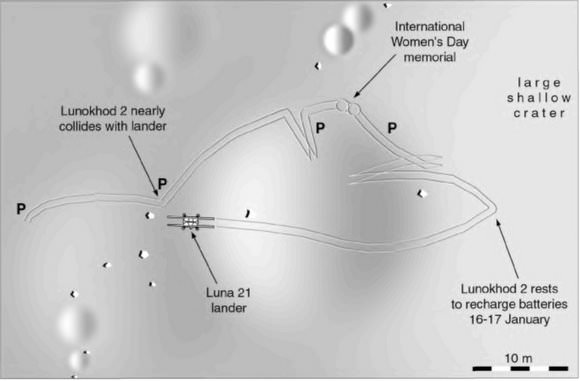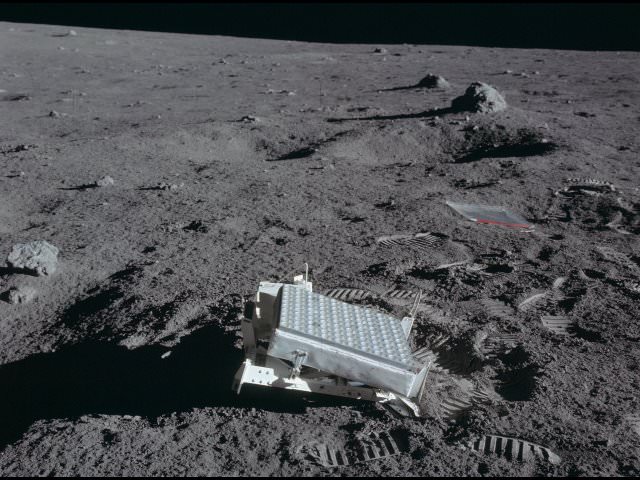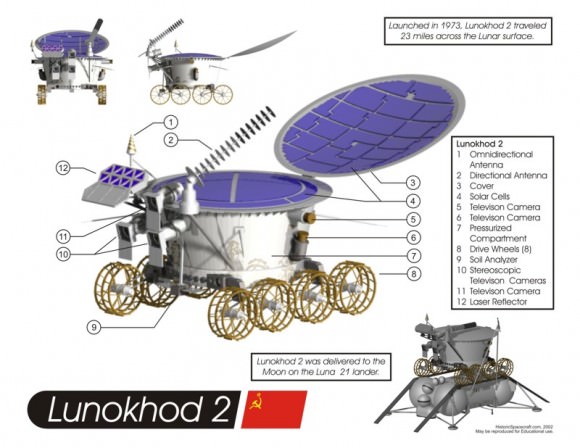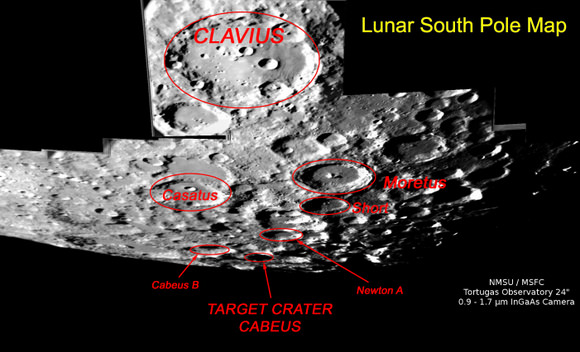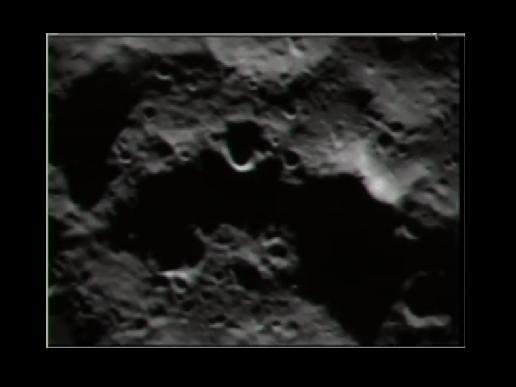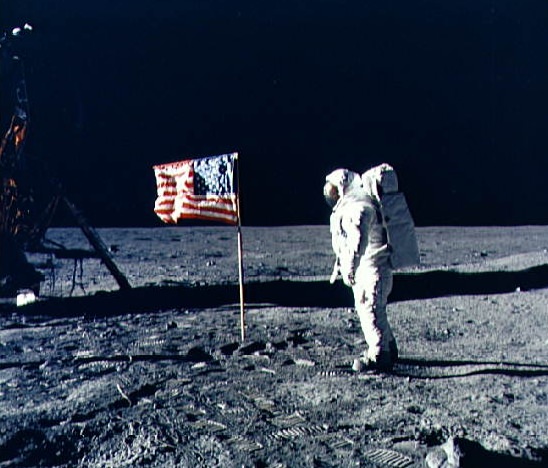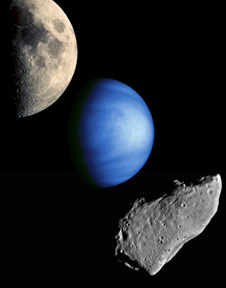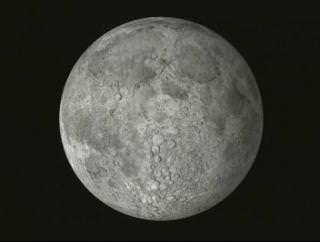[/caption]
The saga of the Soviet Union’s Lunokhod moon rovers keeps getting more interesting! If you missed the update on our article about finding the “missing” Russian landers and rovers among the newly released Lunar Reconnaissance Orbiter images, the Lunokhod 2 rover was not exactly where one researcher initially thought – so there’s now an updated image, which you can see at this link. But among all the research and poring over images that has been done since NASA released six month’s worth of LRO data to the public earlier this week, Emily Lakdawalla from the Planetary Society uncovered an interesting tidbit about the Lunokhods which she generously passed on to me. After a little research, I found out more about an “extracurricular activity” the two Lunokhod rovers were commanded to do along their traverses on the lunar surface. They each created “memorials” to women on the Moon.
Since the early 1900’s, International Women’s Day has been observed each year by several countries around the world on March 8. The day marks the economic, political and social achievements of women. Russia has been celebrating this holiday since 1913, and in the 1970’s the crews who “drove” the Lunokhod rovers decided to honor women by commanding the rovers to create figure 8’s in the lunar regolith — 8 as in March 8.
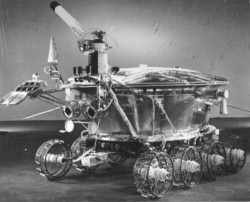
Lunokhod 1 landed on the Moon November 17, 1970 and roved the surface for nearly a year (322 days.) Lunokhod 2 landed on January 15, 1973 and operated four months.
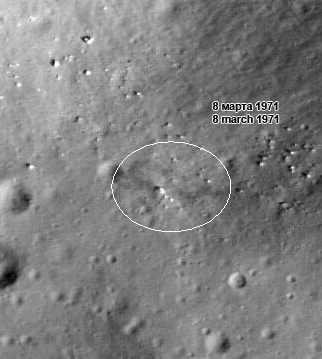
Apparently both rovers made a figure 8 in the regolith, although the documentation is a little fuzzy. A Russian scientist recalls that Lunokhod 1 made the figure 8, and one of the newly released LRO images shows a faint figure 8 in the regolith (see image left), which could only have been made by Lunokhod 1, but there is better documentation for Lunokhod 2’s memorial.
“To the extent I know, that was Lunokhod 1 which the crew made an 8 by Lunokhod tracks to congratulate our women on March 8 1973,” said Alexander “Sasha” Basilevsky, a veteran Russian planetary scientist, who responded to my queries about the significance of the figures 8’s. “Even in that Soviet time March 8 practically lost its political significance and we men just congratulated our women with little gifts. We continue to do this even now when our political system is far from communistic. For us it is just Women’s Day.”
Also, after scanning through all of Lunokhod 1’s panoramic images, I found this possible image of the figure 8, but I have not yet confirmed this is it:

See all the panoramas from Lunokhod 1.
Dr. Phil Stooke from the University of Western Ontario compiled “The International Atlas of Lunar Exploration.” “In my atlas I show a feature like this at Lunokhod 2’s site,” he said in response to my questions. “I didn’t know about this one at Lunokhod 1, but apparently it’s there as well.”
Here’s what Stooke wrote about the Lunokhod 2’s figure 8:
“On 18 January Lunokhod 2 was driven to a point on the north rim of the 25 m crater where it photographed the landing stage and the hill Le Monnier Alpha in the distance to the southwest. Here it was turned in place to create a circular mark with its wheels, and then moved a few meters where it made a second circle. The resulting figure 8 marking was later described as a memorial to commemorate International Women’s Day, 8 March, which was a holiday in the Soviet Union and is in Russia today.”
Addendum: Stooke told me that after seeing the new images from LRO, he will likely have to re-do the map of Lunokhod’ 2’s travels (top image). “Lunokhod images were often printed mirror-imaged left to right, and it’s often hard to know which is which,” he said. “In this case that map was constructed using at least one image the wrong way round, so it has to be corrected.”
So, it is unclear whether the decision to create these two memorials was in any way political, or simply a kind gesture by the Soviet space agency, or a unique choice made by the rover drivers, or – as was suggested to me by a couple of people – a visual play on an anatomical feature unique to women.
But more importantly, the accomplishments of the Lunokhod rovers are amazing considering the era in which they operated. While the Soviet Union’s exploration of the Moon was not well publicized outside of Russia — and now is often downplayed when compared to the Apollo missions – the ground-breaking technological achievements should be lauded for the innovative sample return missions and rovers that to this day hold the distance record that any vehicle has traveled on another celestial body. Together, they roved further than even the long-lasting Mars Exploration Rovers.
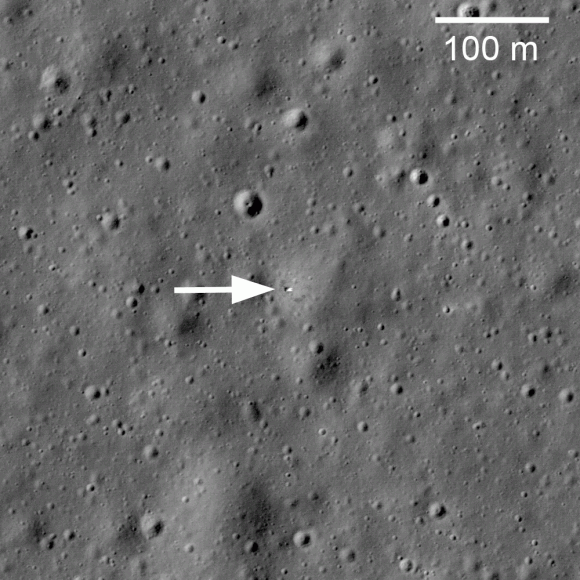
Lunokhod 1 traveled 10.5 km (6.5 miles) and returned more than 20,000 TV images and 206 high-resolution panoramas. In addition, it performed twenty-five soil analyses with its x-ray fluorescence spectrometer and used its penetrometer at 500 different locations.
Lunokhod 2 covered a whopping 37 km (23 miles) of terrain, including hilly upland areas and rilles. It sent back 86 panoramic images and over 80,000 TV pictures. Many mechanical tests of the surface, laser ranging measurements, and other experiments were completed during this time.
Many thanks to Emily Lakdawalla, Phil Stooke and Alexander Basilevsky for helping me learn more about this interesting piece of space exploration history!
In case you are wondering, International Womans Day is an official holiday in Angola, Azerbaijan, Belarus, Burkina Faso, Cambodia, Equatorial Guinea, Eritrea, Georgia, Guinea Bissau, Kazakhstan, Kyrgyzstan, Laos, Moldova, Mongolia, Nepal, Russia, Tajikistan, Turkmenistan, Uganda, Ukraine, Uzbekistan.

